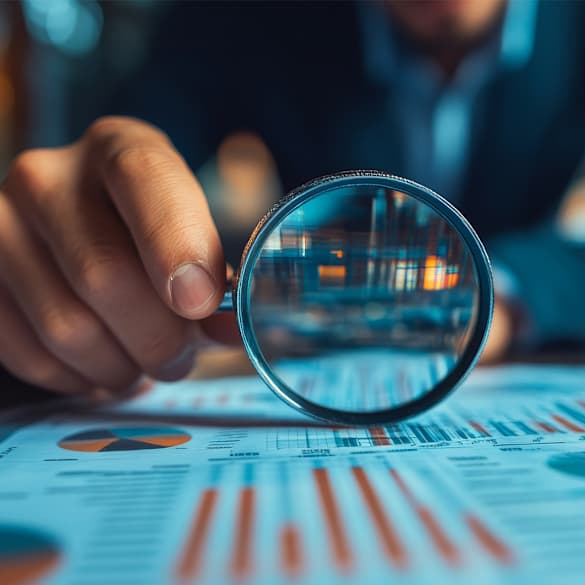Insights





10 min | Read
Jul 24 | 2025

5 min | Read
Jul 11 | 2025

Investment Outlook
View our latest Investment Outlook for a concise, easy-to-scan overview of current opportunities and risks created by today's global markets.





10 min | Read
Jul 24 | 2025

5 min | Read
Jul 11 | 2025

View our latest Investment Outlook for a concise, easy-to-scan overview of current opportunities and risks created by today's global markets.